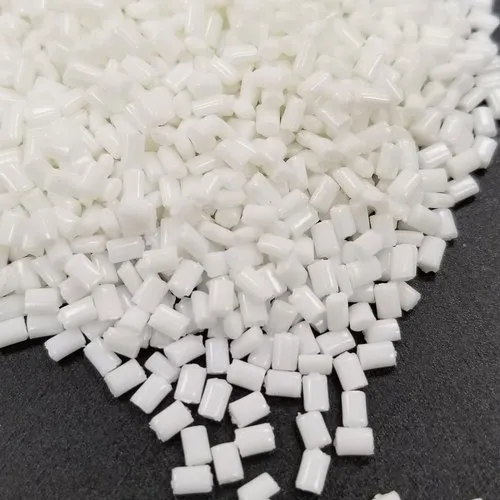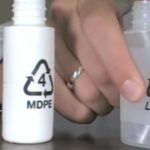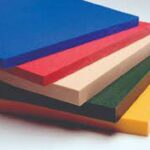

| Property | Test Method | Unit | Remarks |
| Hydrostatic Pressure Test | ISO 1167 | Hrs | |
| 12.4 MPa @ 20°C | – | >100 | |
| 5.4 MPa @ 80°C | – | >165 | |
| 5.0 MPa @ 80°C | – | >1000 | |
| MRS | ISO 9080 | MPa | >10.0 |
| SCG | ISO 13479 | Hrs | >500 |
| Melt Flow Index (190oC / 5.0 Kg ) | ASTM D1238 gm/10 min | 0.30 | |
| Density ( 23oC ) | ASTM D1505 gm/cm3 | 0.945 | |
| Thermal stability (O.I.T) 2000C | ASTM D3895 Min | >30 | |
| Tensile Strength at Yield | ASTM D638 MPa | 28 | |
| Elongation at break | ASTM D638 % | >600 | |
| Flexural Modulus | ASTM D790 MPa | 850 | |
| Notched izod impact strength | ASTM D256 J/m | No Break | |
| ESCR, F50 | ASTM D1693 Hours | >1000 |





Copyright © 2024 Raghav Polymers. Designed and Developed by Softone
We are glad that you preferred to contact us. Please fill our short form and one of our friendly team members will contact you back.